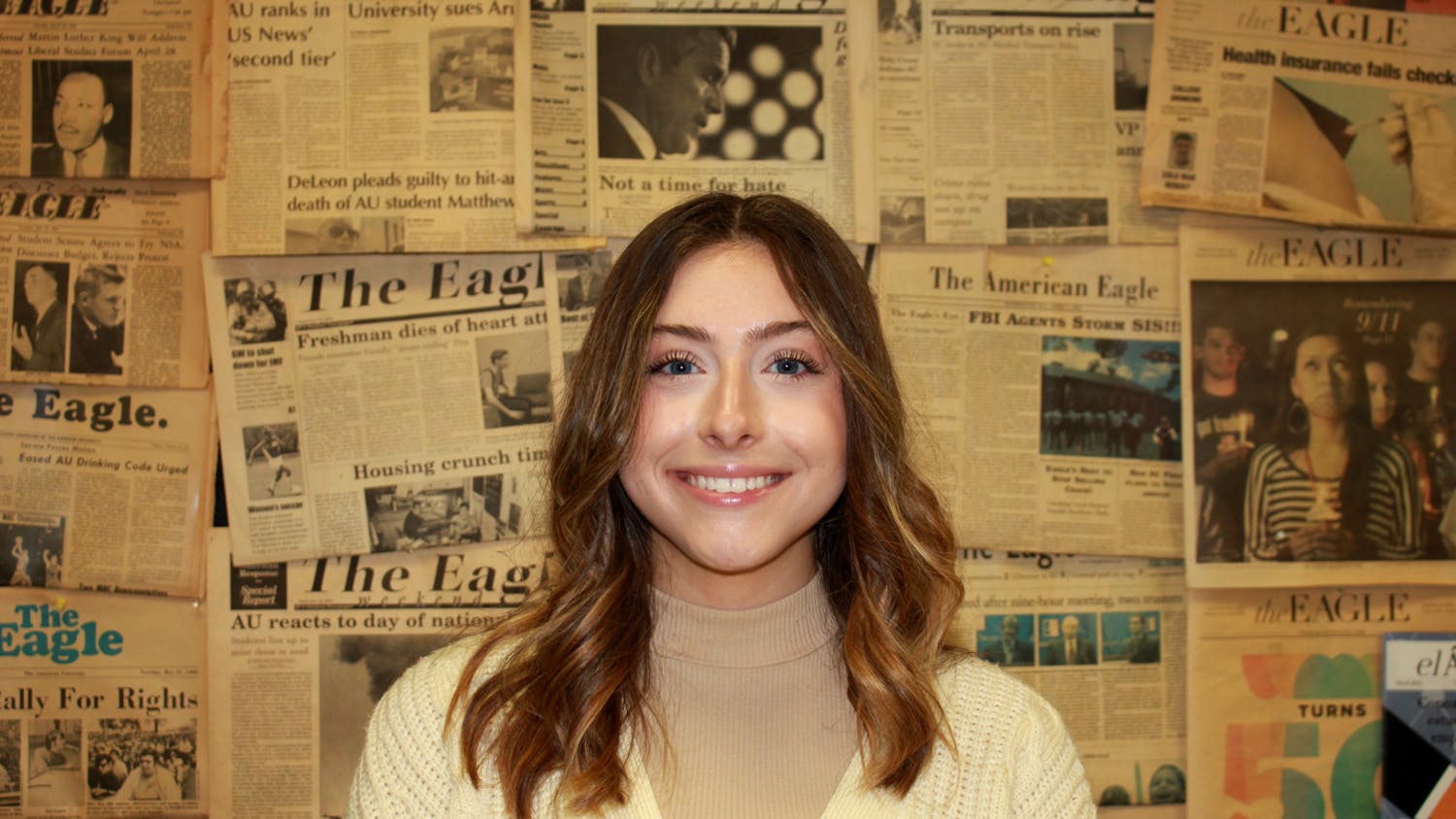We often joke about the inconvenience of taking the stairs. No one wants to dredge their feet up them, and even people going to the second floor of a building will opt for the elevator. But what happens when that inconvenience turns into an access issue? What happens when stairs are the only option to get up and down a building; what if your university has buildings that are only accessed through stairs? This is a problem that plagues American University’s campus.
Even as someone who does not need accessible buildings with elevators, I have seen how this has impacted others. At the beginning of this semester, I was in a class that was held on the second floor of the East Quad Building. This building does not have an elevator, and after the first few weeks, our classroom was moved to the third floor of Mary Graydon Center. I came to learn that a student in the class was temporarily on crutches and could not walk up the stairs of the East Quad Building, which was why our classroom was moved. Evidently, this person was excluded from the first classes of the semester simply because the building was not accessible.
At a university that prides itself on leading with change and being inclusive, entering a building on campus should not be a problem for anyone, but unfortunately it is. This map shows the buildings on campus that are and aren’t accessible. There are two buildings listed that are not accessible, the East Quad Building and the President’s Office Building, meaning that there are no accessible entrances, elevators or restrooms.
There are many other buildings that have problems with only partial accessibility. Partial accessibility means that the buildings have some feature of accessibility but are missing others. The buildings either have an accessible entrance, an accessible path to “main functions” on the entry level floor or an elevator, but it is not freely available. That means 13 buildings on campus, most of which are used to host classes and offices, are not fully accessible. This is unacceptable.
In 2018, AU started making strides to fix this issue, but there is much more to be done. These changes were first proposed by College of Arts and Sciences alumnus Brian Fu. His proposal of better physical accessibility was drafted into Undergraduate Senate Bill 16-17-024. This bill notified administrators of nine locations on campus that needed to be improved.
Prompted by this bill, AU worked to make improvements to the buildings. Notably, among other improvements, an operational lift was added to Hurst Hall, and office entrances on the first floor of the East Quad Building were made more accessible. This was seemingly the end of the improvements. This cannot be the end of the fight.
Hurst Hall and the East Quad Building, along with others, are still not accessible on every floor. It is unacceptable for AU to hold classes in inaccessible buildings that could cause students to miss courses they pay for until the University decides to relocate their meeting space. Instead of a reactionary, temporary solution, the University should be proactive in making every building easily accessible for every student.
The AU Disabled Student Union focuses on uniting disabled students at AU and fights for a more accessible university. Students interested in fighting for a more accessible AU can reach out to them.
Anna Gephart is a junior in the School of Public Affairs and a columnist for The Eagle.
This article was edited by Jelinda Montes, Alexis Bernstein and Abigail Pritchard. Copy editing done by Isabelle Kravis, Leta Lattin and Natasha LaChac.





